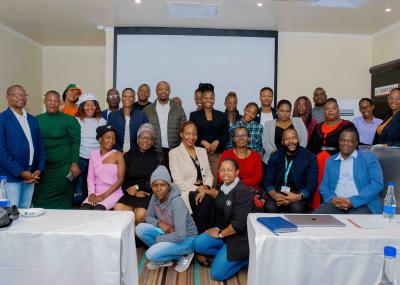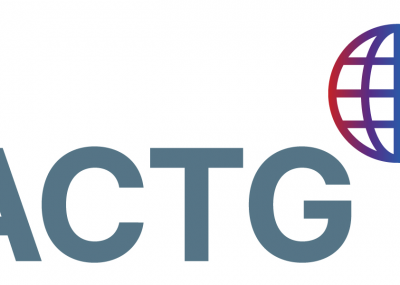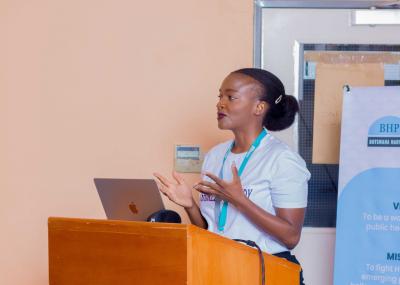Rates of unintended pregnancy in sub-Saharan Africa range from 20-40%. Unintended pregnancy leads to increased maternal and infant mortality, and higher rates of abortions. Potentially high levels of unintended pregnancy in Botswana, against the backdrop of the popularity of short-acting, less-effective contraception, could suggest that the methods available to women are not meeting their contraceptive needs. Little data exists on unintended pregnancy in Botswana. We assessed levels of unintended pregnancy and contraceptive use among 231 pregnant women presenting to the antenatal clinic at the largest hospital in Botswana. Forty-three percent of pregnancies were reported as unintended. Of women with an unintended pregnancy, 72% reported using a contraceptive method to prevent pregnancy at the time of conception. Of the women with unintended pregnancy despite contraceptive use, 88% were using male condoms as their only method of contraception. Women reporting unintended pregnancy were more likely to have had more previous births (p=0.05). While barrier protection with condoms is essential for the prevention of HIV and other STIs, condom use alone may not be meeting the contraceptive needs of women in Botswana. Increased promotion of dual-method contraceptive use with condoms is needed.
Publications Date
Journal
Afr J Reprod Health
PMID
30052336
DOI
10.29063/ajrh2018/v22i2.8
Abstract




